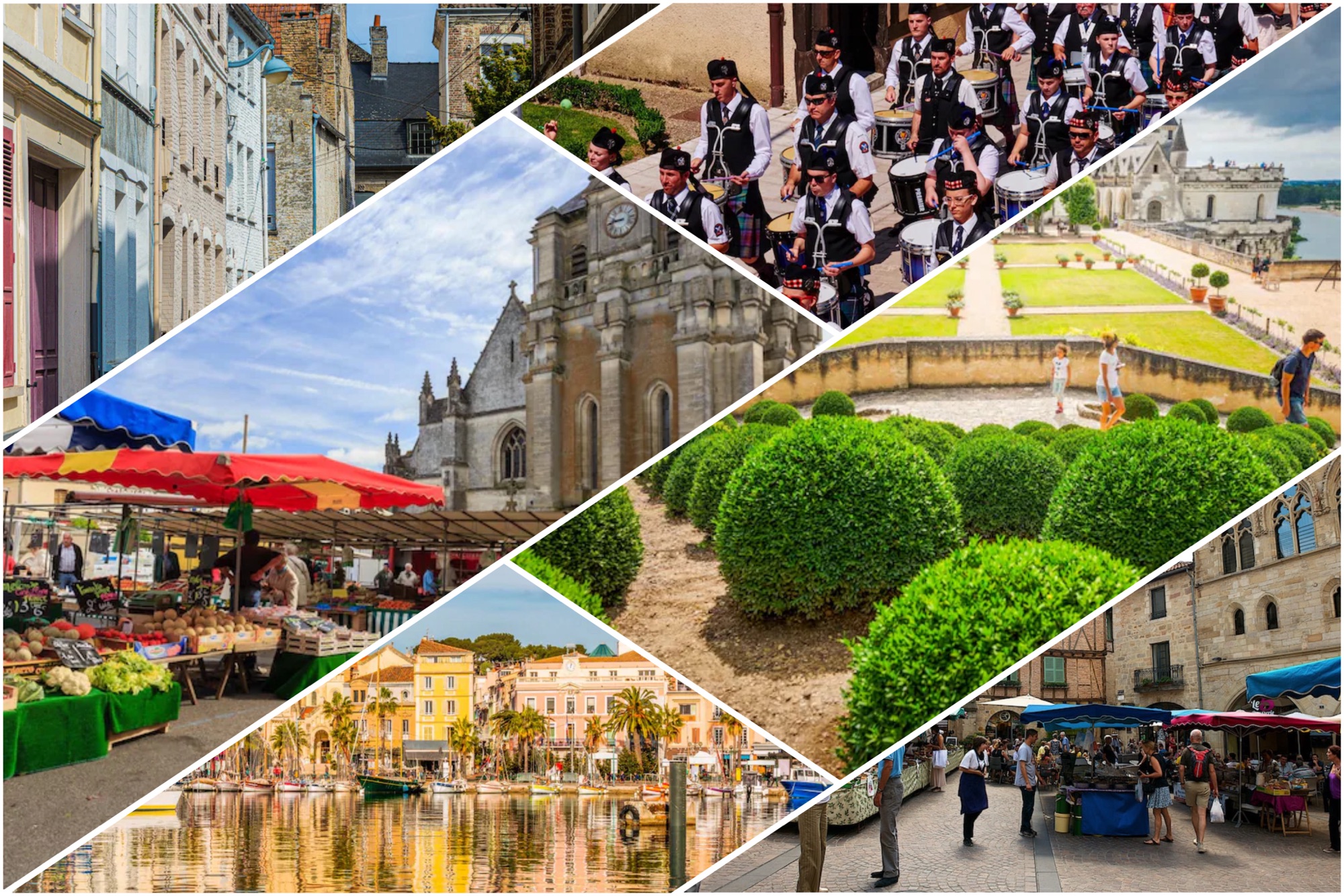I’m increasingly convinced that small towns offer the quintessential French experience for travelers. While villages have their charm, they can often feel too insular and tend to quiet down early in the evening.
Large cities offer the vibrant pulse of urban life but can also overwhelm you with long lines and crowded sidewalks, leading to a tiring experience.
In contrast, small towns strike the perfect balance, being easy to navigate and stress-free, yet still full of opportunities for discovery. They’re accustomed to visitors and can provide essentials like (the equivalent of) Imodium, fuel, a satisfying meal, and a drink even after 10pm. I’ve somewhat arbitrarily defined “small town” as having a population between 4,000 and 20,000. Honestly, I chose the towns I liked first and then set the criteria to match them.
My current top 10 favorites aren’t always the most picturesque, but they are rich in character and have intriguing tales to share. I’ve attempted to steer clear of the overly popular choices, though not entirely.
Verdun
Meuse, Lorraine
Population: 15,998

If you’re seeking picturesque and charming settings, Verdun might not be your first choice. However, if you’re interested in understated bravery, Verdun stands as a testament to the valor in France’s World War I history.
During the grueling months from February to December 1916, approximately 305,000 men perished as the Germans attempted to force their way toward Paris. Général Robert Nivelle famously declared, “They shall not pass,” and indeed, they did not, though victory was narrowly achieved. Today, the land above the town—once a 40,000-acre expanse of war-torn sludge—is now peaceful, as is often the case with old battlefields. The area has been preserved; there are remnants of villages never reconstructed, new woodland growth, two impressive forts, a grand ossuary, an excellent war museum, and an overarching sense of dignity.
The town itself, which was devastated in 1916, carries its international fame with stoic humility. The River Meuse flows alongside, providing a constant backdrop, while the town center offers all the sustenance and refreshment one could need. Verdun gracefully merges its tumultuous history with a hopeful future. It’s truly commendable.
Cognac
Charente, Nouvelle Aquitaine
Population: 18,338
Cognac is renowned as the sophisticated drink of choice for global pleasure-seekers, including US rappers like Jay Z, who affectionately call it “yak.” However, not many know that its origin lies in a serene rural town nestled in one of the most picturesque regions of southwest France. With this knowledge, the experience is even more enriching. The tranquil Charente river sets the town’s leisurely pace. A gentle light bathes the white stone buildings. The cuisine is delightful, the drinks are exceptional, and the peaceful atmosphere can rejuvenate a weary spirit.
Strolling through Old Cognac toward the river unveils a rich history. The dark marks on the buildings are not from dirt but from a microfungus thriving on the evaporating fumes of brandy.
The Musée des Savoir-Faire du Cognac tells the story of this spirit, highlighting significant contributions by individuals from the British Isles: Hennessy, Martell, Hine, and Otard from Scotland.
Otard’s brand, now owned by Bacardi, occupies the riverside Cognac château where François I, France’s Renaissance monarch, was born. This makes it the premier destination for cognac tours in town.
Saint-Omer
Pas de Calais, Hauts de France
Population: 14,838
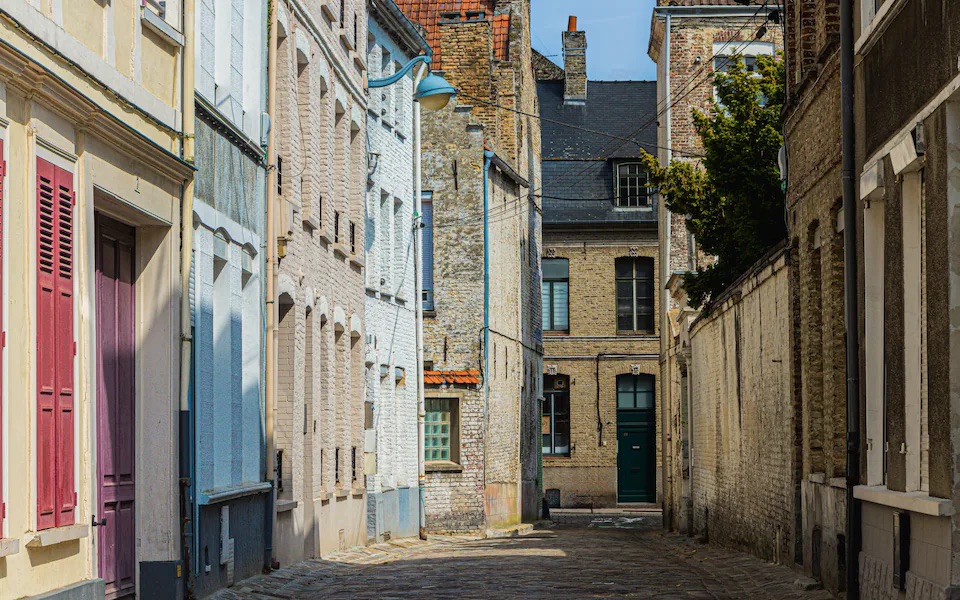
Saint-Omer, once situated near the border of the Spanish Netherlands, boasts a strong civic history and a notable religious heritage, epitomized by its grand cathedral. Moreover, starting in 1593, the English Jesuit college educated Catholic boys who were denied schooling in England, eventually leading to the establishment of Stonyhurst College in Lancashire.
However, the most poignant religious site is the tomb of St. Erkembode. An 8th-century bishop, Erkembode tirelessly traversed his extensive diocese on foot, becoming the patron saint for children with walking impairments. His tomb is adorned with children’s shoes, placed by parents seeking his assistance or expressing gratitude for his intercession. The sight is profoundly moving.
Douarnenez
Finistère, Brittany
Population: 14,121
Douarnenez, a robust Breton fishing port, was inhabited by resilient men and women and gained modest wealth from sardines.
In 1878, the town canned 160 million sardines for global export, a job considered appropriate for women. Female workers, known as sardinières, ranging in age from eight to eighty, were responsible for cleaning, frying, adding oil, and canning the fish, all for 80 cents an hour.
Aubigny-sur-Nère
Cher, Val de Loire
Population: 5,443
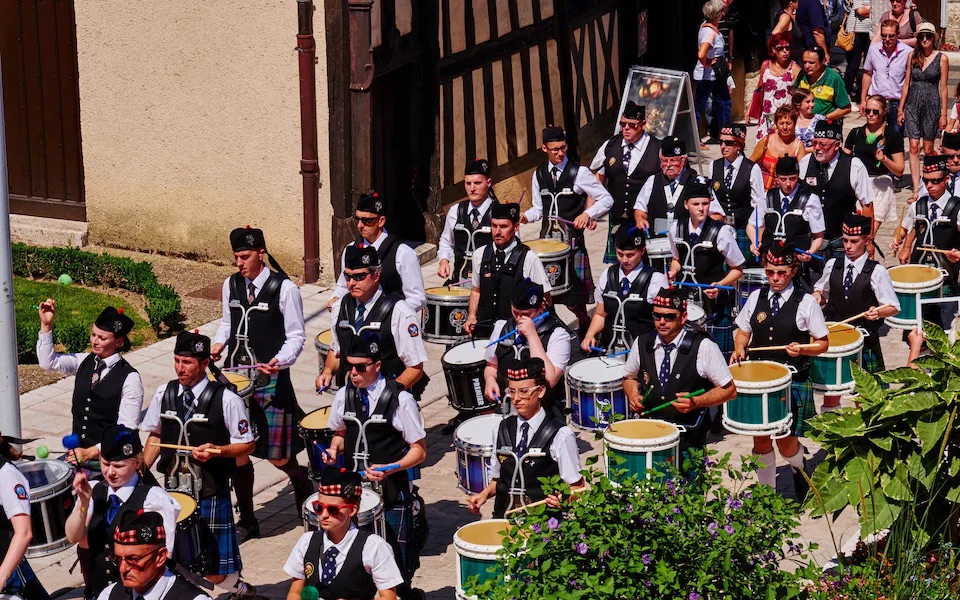
Aubigny, located in France’s lush Berry region, is a little piece of Scotland abroad. Scottish symbols abound, from kilted figures on storefronts to widespread Saltire flags.
The town features a Scottish pipe band, its own tartan and whisky, and monuments commemorating its historical ties to Scotland, such as the Auld Alliance and a Stuart castle. Even the tourist office’s hold music features bagpipe melodies.
This Scottish influence dates back to the Hundred Years’ War when Scottish troops supported France against England. As compensation, the Stuarts were granted Aubigny and ruled for 250 years, leaving behind their château, now the town hall. The annual Franco-Scottish festival is a major event, particularly this year in 2024.
Visiting anytime is a pleasure; if you mention you’re from Kilmarnock, you’ll be warmly welcomed.
Mende
Lozère, Occitanie
Population: 12,316
After exploring the Causses plateaux, Cévennes mountains, or Margeride highlands, you might yearn for a bit of urban comfort. Mende, the snug heart of France’s least populated department, provides just that. Situated by the River Lot and overlooked by a grand Gothic cathedral (the birthplace of Pope Urban V in 1310), Mende serves as a hub of essentials, drawing resilient locals for markets, education, and social gatherings.
Recently, Mende has embraced modernity; shops now feature contemporary designs, and the HyperU boasts an impressive cheese selection. I even enjoyed a budget-friendly mojito in a trendy garden bar.
Despite this progress, the town’s agricultural essence remains—a reassuring constant.
Mortagne-au Perche
Orne, Normandy
Population: 4,086
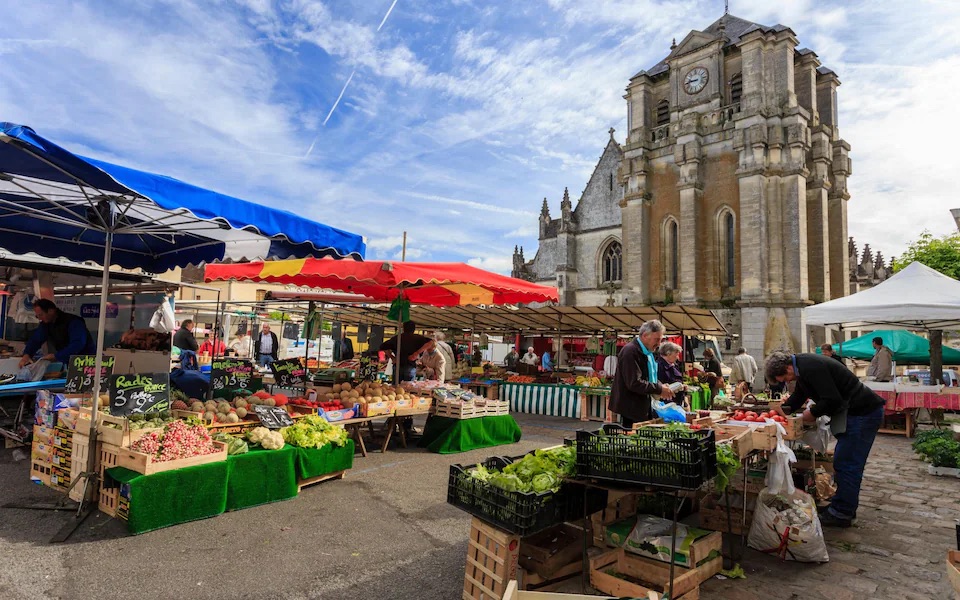
In my opinion, being known as the French black pudding capital is enough to make a town special. Simply wandering through Mortagne’s butcher shops for boudin noir offers a rich urban experience. However, Mortagne has even more to offer; as the heart of the Perche region, it boasts layers of history with crypts, cloisters, and ancient streets.
It’s easy to envision historical figures in its old-world charm at dusk.
Moreover, the town draws affluent Parisians seeking a tranquil weekend escape, a fact evident from the conversations at the bustling Saturday market.
This influx benefits the town, bringing in money and building anticipation for the grand Black Pudding festival in March, where you can learn that “pudding” derives from “boudin”.
Amboise
Indre-et-Loire, Loire Valley
Population: 12,861
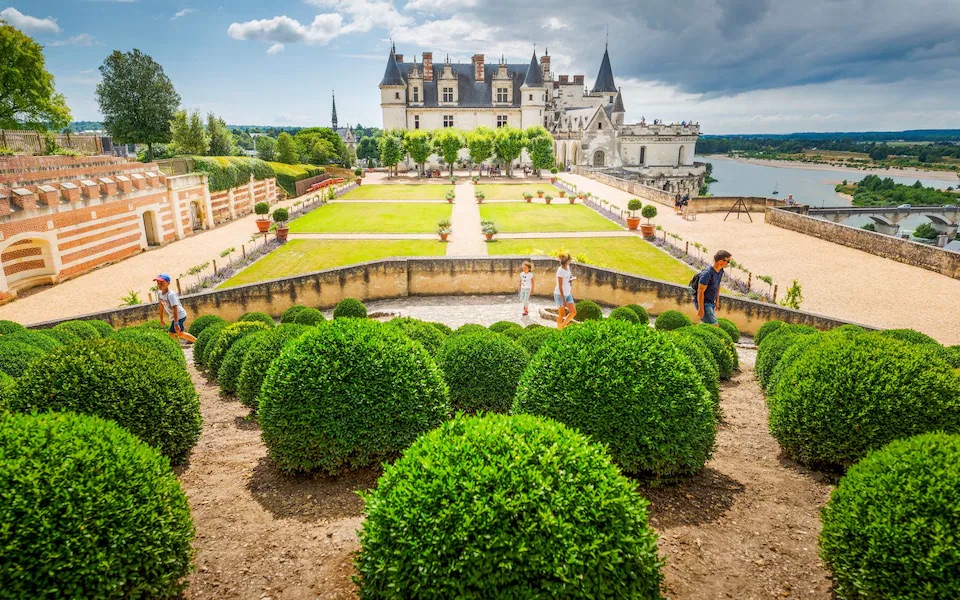
Amboise calls for a grand entrance, perhaps on horseback with knights, rather than modern transport. The town’s historical charm is highlighted by its château, majestically overlooking the Loire, evoking the authority and prestige once held by French royalty.
Standing on the château’s terrace, one feels destined to rule. Kings and nobles such as Louis, Charles, and François inhabited this castle, some traveling to Italy to introduce the Renaissance to France.
François I notably brought back Leonardo da Vinci, who spent his final years at Clos Lucé, now a tribute to his brilliance. The town is lively and thrives on its royal and riverine heritage. And, naturally, tourists abound—Amboise’s appeal is well-known.
Sanary
Var, Provence
Population: 17,844
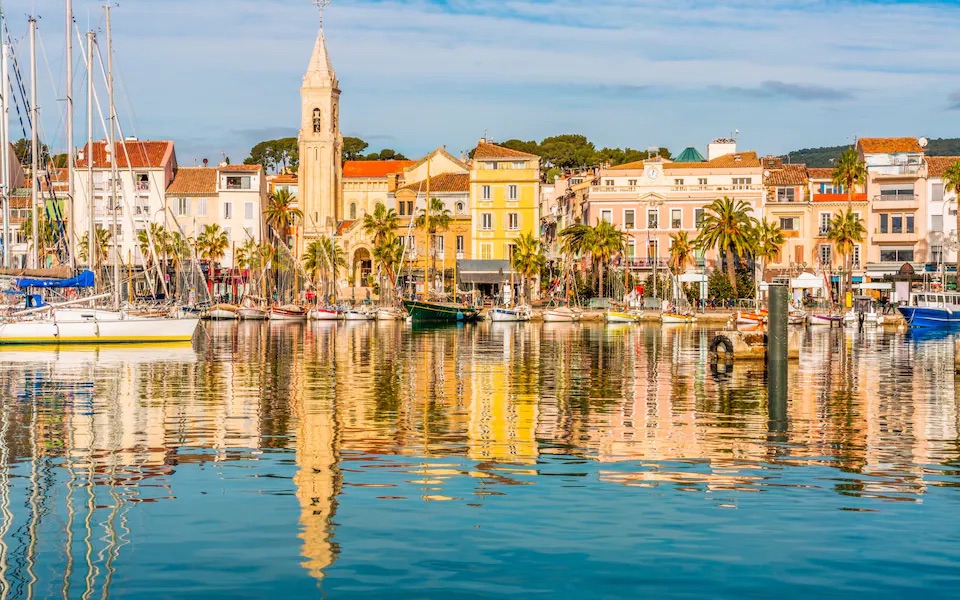
Sanary shines brightly among the towns of the French Mediterranean, and here’s why.
With its eight beautiful beaches, lively bars, celebrated Bandol wines, and beloved Wednesday market, it offers a haven for relaxation and escape from worldly concerns.
Historically, Sanary served as a refuge for German intellectuals fleeing fascism, adding a literary richness to its charm. Figures like Thomas Mann and Berthold Brecht found solace here during times of “happy unhappiness.” Their legacy lives on in the enduring seafront bars and the upscale shops that outshine those in neighboring towns. It’s also where Aldous Huxley wrote ‘Brave New World.’
For beach enthusiasts, Portissol is a favorite—just be sure to arrive early to beat the crowds.
Figeac
Lot, Occitanie
Population: 9,741
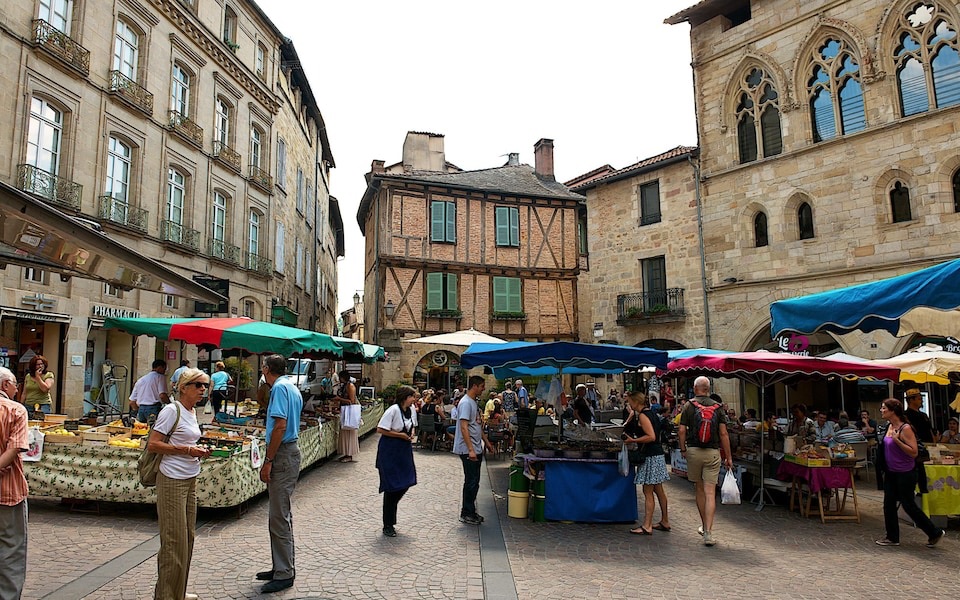
For more than a thousand years, Figeac has served as a meeting point for diverse groups of people, from monks to rebels, descending from the plateau to the Célé River.
Much of its medieval allure endures, featuring stone arches, timbered streets, and secluded squares resonating with history and the laughter of children. The town has maintained its lively spirit since the 9th century.
Exploring the bustling market may slow you down, but it’s a worthwhile pause to honor local hero Jean-François Champollion, renowned for deciphering hieroglyphics. His birthplace hosts a museum showcasing the history of writing, complete with a replica of the Rosetta Stone. Additionally, the museum holds a copy of Hammurabi’s Code, illustrating ancient justice through its stringent laws.
